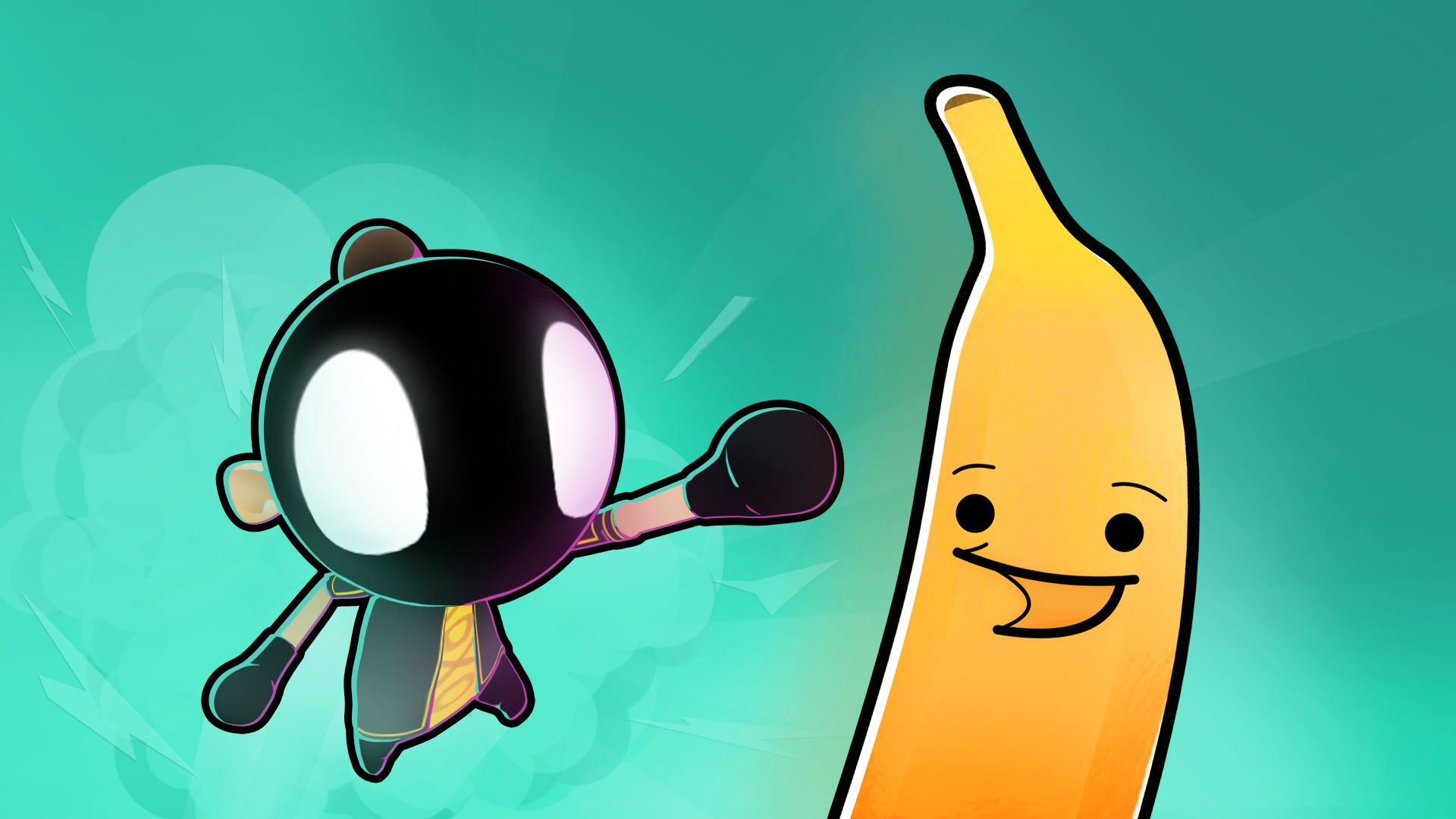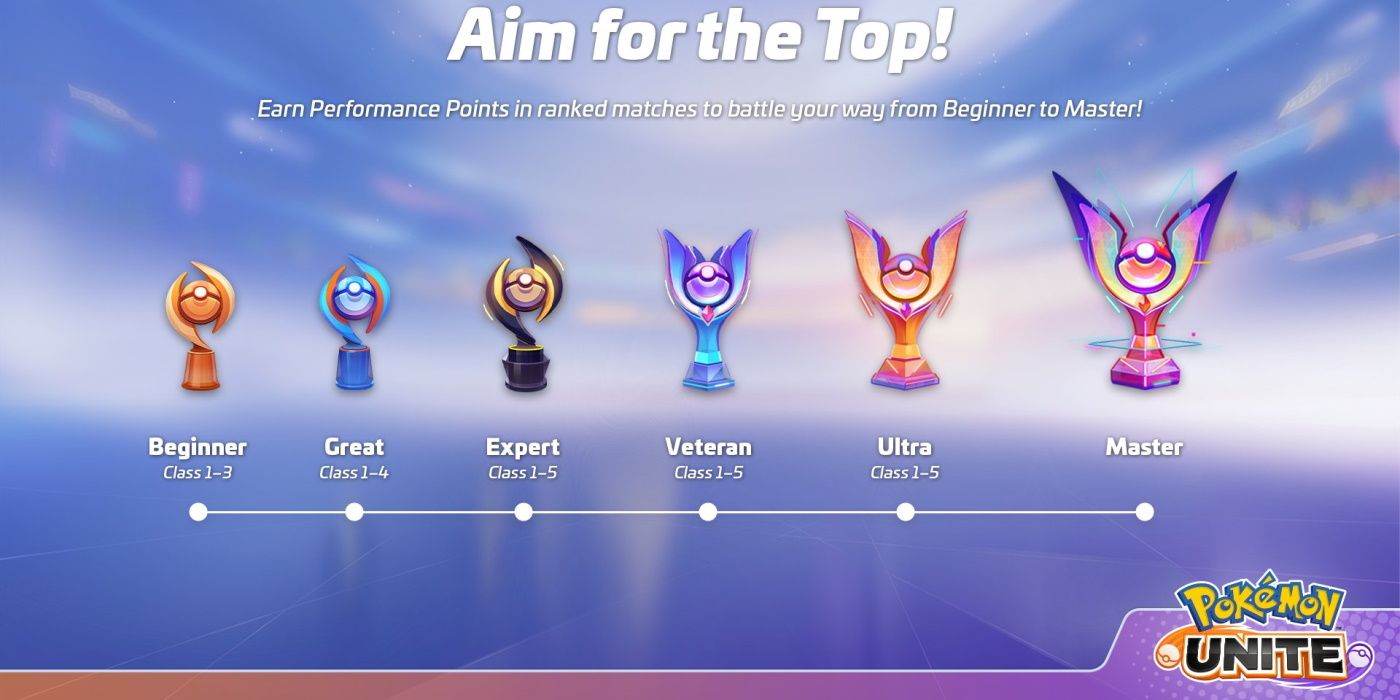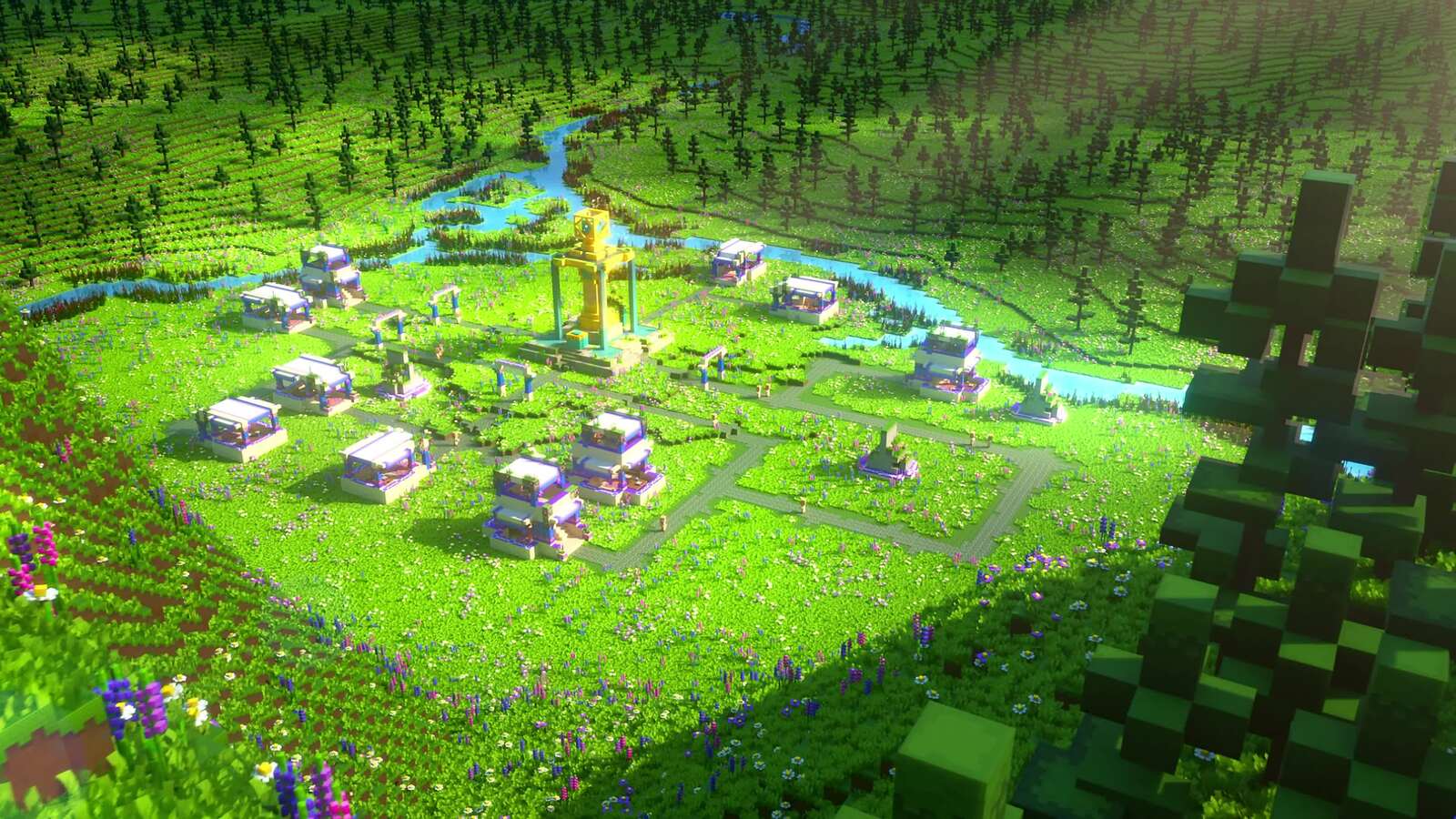“It was probably the most intense period of time in my entire life, and to be totally honest, I’m still feeling the effects of that on my mind and body,” Victor Ågren tells me about the development of My Friend Pedro, a solo project that exploded onto PC and consoles in 2019. “I wanted to do the whole project on my own, or as much as I could, which meant navigating multiple threads and different levels of panic happening at the same time. Leading up to the launch there were a lot of going to events and things which was really fun, but it’s also nerve-racking. I’m an introvert and at the same time as going to talk to people about how great the game was, I was still making the game.”
My Friend Pedro was born as a flash game during Ågren’s time in college and while working at Media Molecule. He was able to morph it from a passion project into a fully-fledged creation with the help of Devolver Digital. It was a huge success, attracting a number of fans with its zany humour, gritty aesthetic, and over-the-top action combat. However, it was a labour of love from one man, a task that proved to be a satisfying yet ultimately overwhelming task for Ågren. Now, he’s unleashed the series onto mobile with Ripe For Revenge, a stylized take on the original game that is both an experimental release and a more relaxed development schedule.
Related: How The Community Is Banding Together To Save The Owl House
“Part of the mobile market still operates on a little bit of a flash mentality, and that was part of the starting point of Ripe for Revenge,” Ågren says. “My original plan was to finish My Friend Pedro, then spend half a year creating DLC and improving things. Then I got to a point where I was like, ‘No, I’m gonna have a massive holiday, relax, and just get to know life again.’ I managed to do a short road trip at that point and then, you know Corona happened. I was like, ‘Well, okay, I did this for five years, what’s another year and a half?’”
Ågren knew that porting the original game to mobile platforms wouldn’t be possible due to visuals and controls, so he tried to explore ways to make My Friend Pedro more accessible to a wider audience. The result is a title that carries all of the hallmarks of its predecessor, yet knowingly changes and innovates upon certain areas to make it far more digestible for touch controls and smaller play sessions. “I wanted to condense it down to a simpler and more essential thing that’s more suited to mobile,” Ågren explains. “I was curious to see how that would play out, so I started playing with the mobile version as a bit of practice, and also to find a way to make games without destroying myself.”
Ripe for Revenge also doesn’t threaten to fall victim to feature creep like its predecessor. My Friend Pedro signed with Devolver Digital very early into its development, and the publisher was more than happy to give Ågren the time and resources he needed to make the best game he possibly could. But it was also a new IP that was yet to find its feet, so experimentation with mechanics and visuals often resulted in delayed and missed milestones over the years. When moving the mobile, things were a little different.
“My process when making a game is generally you start with a notion, a core idea that you let organically grow for a while,” Ågren says. “But then I think you reach a point where you’re like, ‘Okay I need to turn this into a finished product.’ It’s all about growing that idea, and then having to focus and tie it all together. When working on established IP you know what the core pillars are, so you can go organic throughout the exploration phase [of development]. You’d figured out what the game actually is, like the pillars and what works and what doesn’t. So it was good to just know that from the get go, now it was just about reinterpreting that into a different input scheme.”
A smaller and more focused scale meant that Ågren was able to look after themselves a little more, while also gaining valuable insight into one of the biggest platforms on the market. “It was a fun sort of exploration, and I was just trying to listen to my body while making it as much as I could,” Ågren continues. “If I started getting too much pain or cramps I could take a day off, or even a week break from the game. My mindset on the original My Friend Pedro was that I needed to just push through everything all the time. Initially I was working seven days a week, ten hours a day for a long time, noticing that it doesn't work and adjusting, but still pushing myself very hard.”
Ågren makes a direct correlation between the reality of burnout and the expectations placed upon young people, describing it as an almost a “rite of passage” to live up to ideals amidst an industry that has yet to come to terms with its troublesome crunch culture. “It’s hard to respect or realize [burnout] is a possibility until you’ve gone through it,” Ågren says. “It’s an industry built on passion, and it’s very easy to get lost in, almost obsessed with it because it’s so much fun. The fun outweighs the pain a lot of the time, and it’s only when the pain has accumulated so much that you need to sort of learn some discipline.”

I’ve spoken to a few indie developers about working with Devolver Digital in the past, and Ågren has a similar level of praise for the publisher and how they approached not only the development of My Friend Pedro, but the enthusiasm for its successor and ensuring its creator was taking time to establish a consistent work/life balance. “I’m incredibly lucky I can do this for a living and make something that people actually pay attention to,” Ågren says. “[Working with Devolver Digital has been fantastic] for me. Going back to the original My Friend Pedro, we signed on quite early, and obviously when we signed on we were all, ‘Oh yeah, it will take a year or two,’ but obviously it took a lot longer than that. Throughout the whole process there was no pressure, and I think [Devolver] has a lot of respect for the creative process in general.”
While the publisher has developed a reputation of being the bad boy amongst other independent labels, Ågren tells me it is incredibly good at “keeping egos in check” and respecting the visions of all the studios working with the publisher. Knowing Devolver’s consistent output over the years, that isn’t a difficult thing to believe.
As our chat comes to an end, I decide to delve into the past and ask Ågren about the original flash game, and how it feels to look back after all these years at what My Friend Pedro has become. “The original flash game has a long history,” Ågren says. “When I was 16, 17, or 18 it was sort of a school project. I hadn’t finished the game, it was just sort of sitting on my hard drive. I thought, ‘This is a cool little game,’ but then I started working at Media Molecule and was there for six or so years and after that I made the decision to go indie.”
Originally called Blacklist before evolving into a more ambitious undertaking, Ågren makes it clear that there was no “master plan” surrounding My Friend Pedro. It was a passion project that was fortunate enough to attract a wide audience and grow into something more.
You can check out My Friend Pedro: Ripe For Revenge on iOS and Android and it’s available now.
Next: The Witcher 3: Wild Hunt's Fall Damage Is Still Absolute Nonsense


